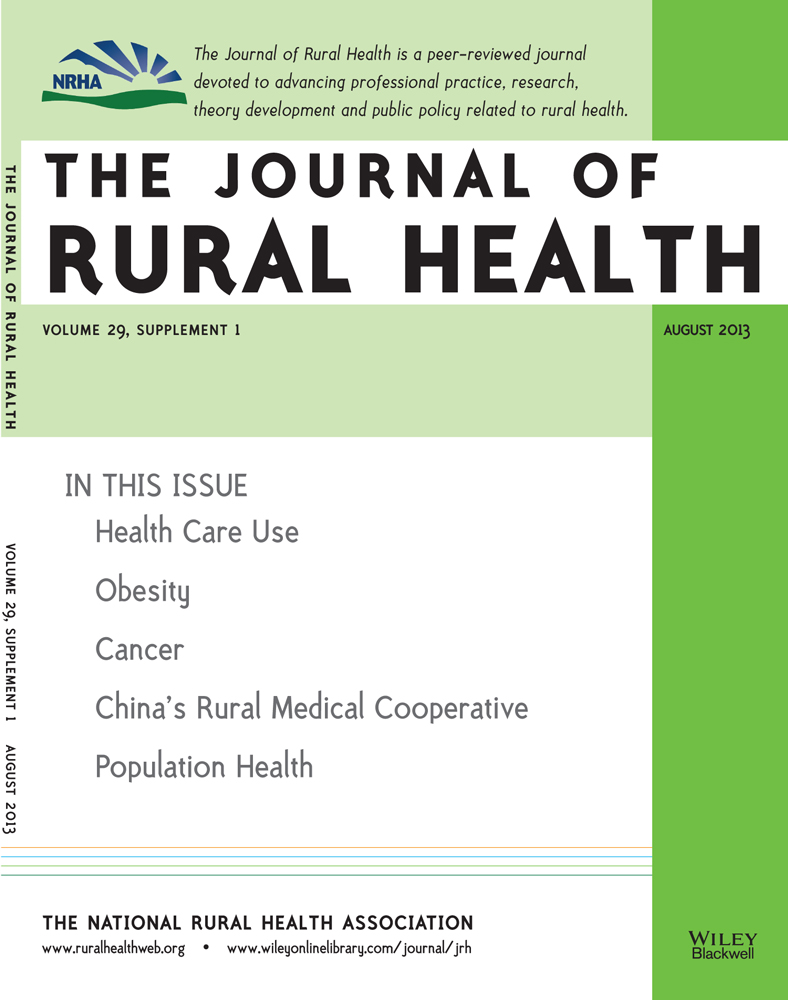Perceived Barriers, Resources, and Training Needs of Rural Primary Care Providers Relevant to the Management of Childhood Obesity
Funding: This research was funded by a grant from the Betty Gray Rural Health Development Fund at Oregon Health & Science University School of Nursing.
Acknowledgments: We are grateful to the primary care clinicians from the following clinics who took the time to participate in this study: Baker Clinic, Eastern Oregon Medical Associates, Grande Ronde Hospital Children's Clinic, La Grande Family Practice, Union Family Health Center, Village Health Care, Wallowa Mountain Medical, and Winding Waters.
Abstract
Purpose
To explore the perceived barriers, resources, and training needs of rural primary care providers in relation to implementing the American Medical Association Expert Committee recommendations for assessment, treatment, and prevention of childhood obesity.
Methods
In-depth interviews were conducted with 13 rural primary care providers in Oregon. Transcribed interviews were thematically coded.
Results
Barriers to addressing childhood obesity fell into 5 categories: barriers related to the practice (time constraints, lack of reimbursement, few opportunities to detect obesity), the clinician (limited knowledge), the family/patient (family lifestyle and lack of parent motivation to change, low family income and lack of health insurance, sensitivity of the issue), the community (lack of pediatric subspecialists and multidisciplinary/tertiary care services, few community resources), and the broader sociocultural environment (sociocultural influences, high prevalence of childhood obesity). There were very few clinic and community resources to assist clinicians in addressing weight issues. Clinicians had received little previous training relevant to childhood obesity, and they expressed an interest in several topics.
Conclusions
Rural primary care providers face extensive barriers in relation to implementing recommended practices for assessment, treatment, and prevention of childhood obesity. Particularly problematic is the lack of local and regional resources. Employing nurses to provide case management and behavior counseling, group visits, and telehealth and other technological communications are strategies that could improve the management of childhood obesity in rural primary care settings.




